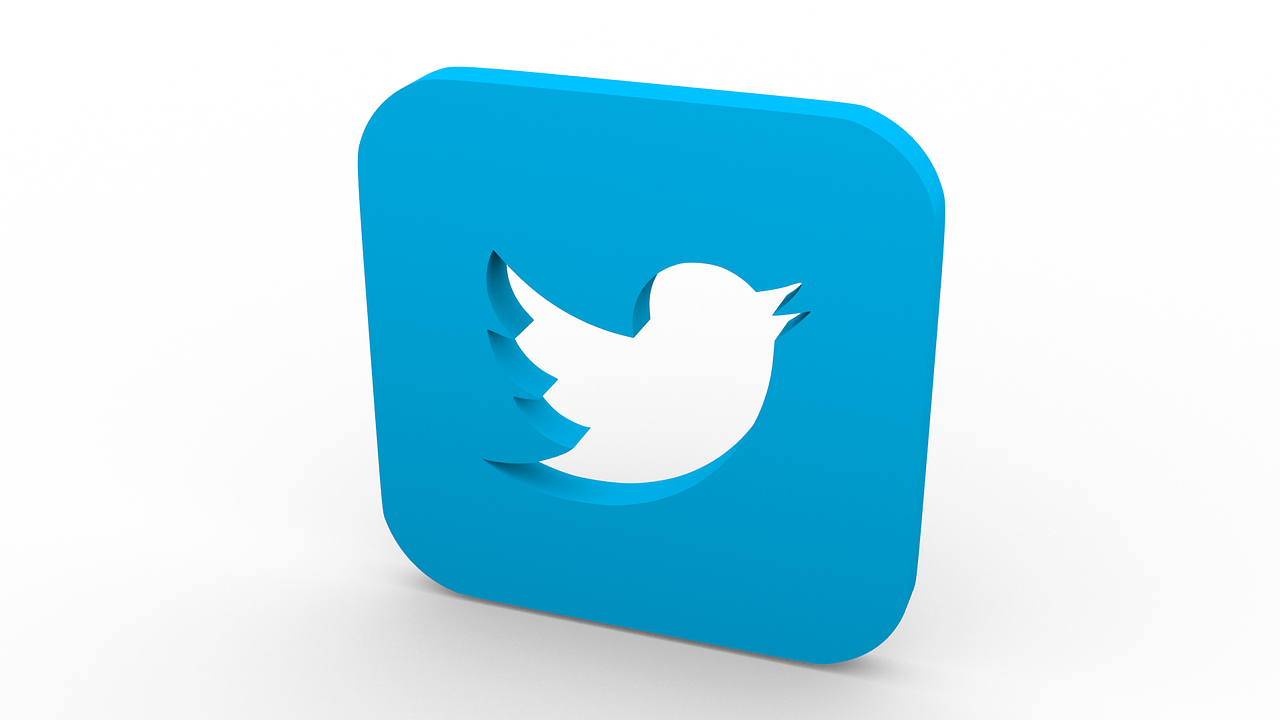As drug and supplement companies increasingly turn to platforms like Twitter and Facebook to engage with patients and customers, it’s clear the FDA is actively monitoring what’s being said on these platforms just as they track communications on corporate websites.
In 2013, the supplement firm AMARC Enterprises made headlines when it was hit with a warning letter from the FDA for “liking” a post a customer left on the company’s Facebook page which praised the company’s supplement for warding off cancer without chemotherapy or radiation. To the FDA, the company’s “like” constituted an unauthorized drug claim.
With such a strong precedent set, companies are now wondering what it means for other social platforms like Twitter. Specifically, how do you ensure communications are compliant with regulatory standards in 140 characters or less?
To answer that question, we’ve broken down the three ingredients of a compliant tweet—a formula you can adapt to your own social media strategy. Before we get to that, however, let’s briefly look at the FDA’s guidance on social media use and how it applies to the microblogging site Twitter in particular.
Three key components of the FDA’s social media guidance
- Messages should balance risk and benefits. No matter how many characters you have to work with, accurate, factual benefits must be balanced with risk information.
- Link to sources with more information about the risks. If you’re including a link, it should send readers somewhere they can read a comprehensive explanation of risks. Aside from that, the link itself should indicate the topic and the page it links to should have the brand and drug or supplement name alongside dosage and ingredient information.
- If you can’t balance risk and benefit, find another place to publish the post. In other words, if you can’t fit rules 1 and 2 into the post, find a different channel to post on.
3 ingredients of an FDA-compliant tweet
1. Start with the benefit
Use the first 40 characters to sum up the benefits as concisely as possible. Given such little space, it may be best to focus on either one particular benefit or the overall benefit rather than try to list each one by one.
2. Communicate the most serious risk
In the interest of saving space, highlight the most serious risk along with a link to a complete list of risk information. Be sure to shorten any links to save on space. Long hyperlinks can often take up the majority of a tweet.
3. Be sure to include the full FDA-approved product name
The FDA requires communications like these to name the product by its official approved title. Keep this in mind when planning the content of your tweets. The longer your product name, the less space you have to build your message.
The future of pharmaceutical marketing and the FDA
While it seems like technology is constantly outpacing the FDA’s ability to regulate, the Agency has shown it intends to address new methods of communication as pharmaceutical companies continue to expand their marketing efforts.
Today, there are a number of guidances, warning letter examples and other instances from which to understand the FDA’s position on online communications.
As platforms like Twitter continue to roll out new ways for companies to connect with customers socially, it’s clear these online spaces will only become more important in the broader media and advertising landscape.
Learn more:
Want to learn more about the FDA’s official guidance on social media use? Grab our free whitepaper: The Food and Drug Administration’s Policy On Social Media Use

